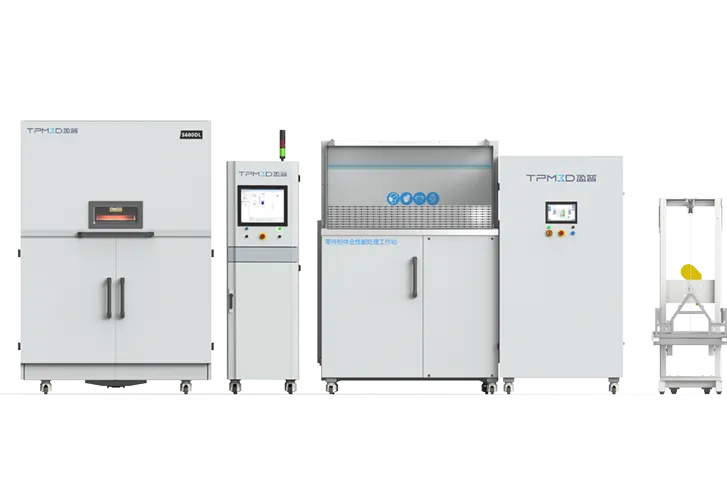
3D printer product prototype design verification advantages
Prototype Validation (POC) is a phase of the product development process between ideation and prototype. The purpose of the production is to demonstrate this functionality and usability. This is an important step, without which the product will ultimately fail to meet the needs of its original design.
Advantages of Prototyping with 3D Printers
1. Speed up the design process
3D printers can quickly make product prototypes, while traditional methods are expensive and take weeks to develop molds. For prototype design verification, time is the most precious. Using 3D printers, you can quickly test and consider the designed model, laying a solid foundation for subsequent product iterations.
2. Speed up the test progress
With the development of the 3D printing industry over the years, people have gradually begun to accept 3D printers. Many desktop 3D printers on the market today are much cheaper than they used to be. They can provide a variety of 3D printing materials and technology options, from plastics to resins, which can be used to meet the different needs of designers.
3. 3D printing is an economical choice
Prototyping validation occurs early in the product development process, and additive manufacturing enables new design possibilities. With the addition of a 3D printer, the parts can be hollowed out and filled with simple supports. This design can ensure that the strength of the product prototype remains unchanged as much as possible to reduce the material cost as much as possible.
4,The diversity of 3D printing technology
3D printing offers an alternative technical proof-of-concept solution. Selective laser sintering technology (SLS) can print strong parts, and the addition of metal and non-metal can meet the testing requirements of later part characteristics for designers. If you need to observe the appearance of the model, you can use the light curing technology (SLA), which can print parts with high surface finish and meet the certification of the appearance design.
5. High degree of design freedom
Design developers may need very complex parts, and although the early prototyping proof of concept is in the early stages, it is still necessary to verify that they will work. Using 3D printers, parts with complex structures can be produced. Additive manufacturing offers absolutely new design solutions that are often not possible with traditional manufacturing methods.
